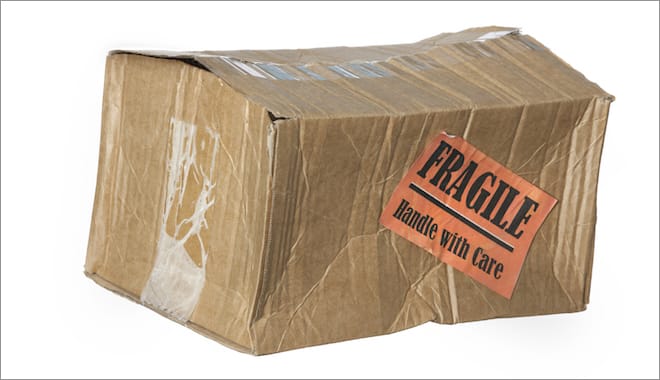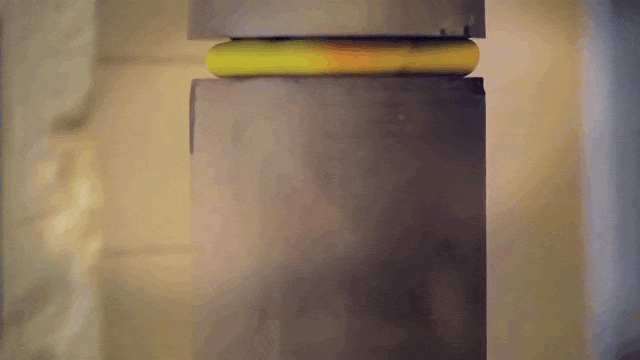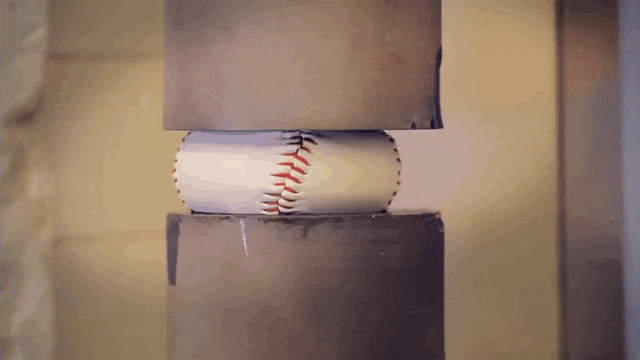Compression Protection Goes Beyond the Box
March 10, 2016

General Electric tests its high-strength materials in a micro forge, which delivers up to 100,000 lbs. of pressure paired with immense heat generated by that force. All of this is required to crush the strongest materials.
Lucky for us, they also decided to test several random items in the forge to see what would happen. Some tested items, like this silver goblet, didn’t fair well in the micro forge—not surprisingly. And then some items one might expect to bounce back from the pressure, like a ball of rubber bands, were rendered a literal hot mess.
The rubber ducky, on the other hand, came out looking a little worse for the wear but otherwise recognizable.

And the baseball became a creature from childhood nightmares.

Package designers test the crush resistance of boxes in a variety of (and less extreme) ways. A compression test is pretty similar to the above examples. Edge crush tests will tell you how much pressure a single wall of corrugated can handle before being compromised. Finally, a drop force test will see how much blunt force impact it will take to damage a package.
There is no one-size-fits-all packaging or one-strength-saves-all packaging. The solution must be tested and retested to ensure the packaging design and engineering are right. And that goes beyond the box. Yes. The box itself is one factor. However, the box alone often can’t stand up to compression challenges. A proper inner packaging solution could be the key to protecting the product within, regardless if the box gets a little beaten up along the way.
Need help optimizing your packaging strength vs. cost? Then contact Ernest Packaging Solutions today to make sure your packaging crushes the competition (and not the other way around)!


